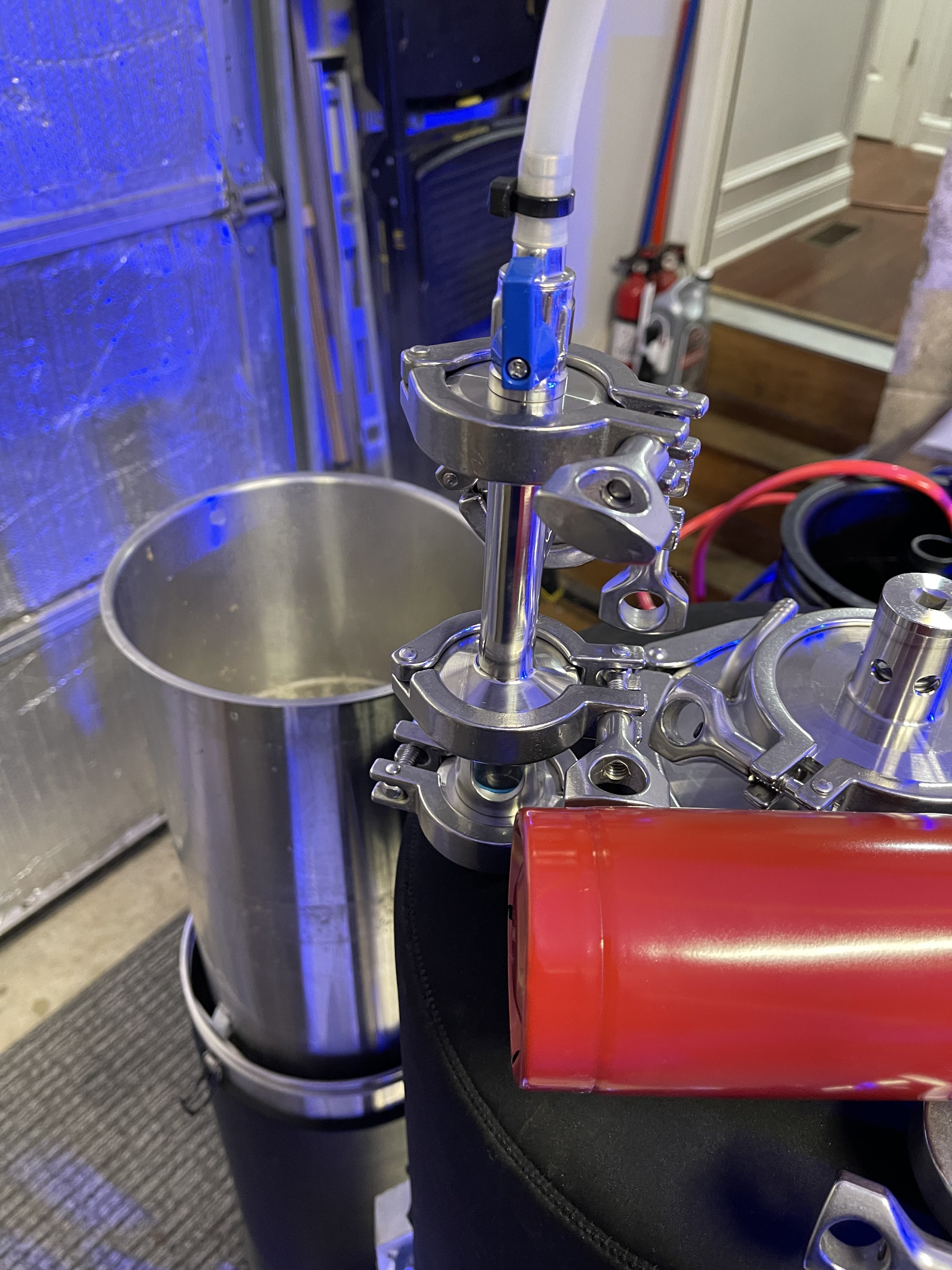Big_D
Master Of My Domain
If you do extract, plain RO will work best. The extract has plenty of minerals already in there.
However, if you do all-grain, you need some minerals in your water. If you use tap or spring water, it's best to adjust what's already in there (though figuring out what's already in there can be difficult, which is why I use distilled). If you use RO or distilled, then you will have to add everything you need for brewing.
Water is a very complex topic in the brewing world. And I think it's important to understand that water adjustment isn't essential. It can take good beer and make it great. But it's not going to be the thing that screws up your first beer. So I would suggest keeping things super simple for your first brew day. Going with half distilled and half spring water is a pretty safe route that won't result in any off flavors.
After a few batches, here's what I suggest. Use all RO water. Buy some gypsum, calcium chloride, and lactic acid. Get Bru'n water. It's worth $20 for the paid version. And then watch a YouTube video on how to use it. It's actually very easy once you get the hang of it. The purpose of water adjustments is basically two things: (1) making sure your mash pH is between 5.2 and 5.6 (you're basically using minerals to counteract the ph impact of the grains) and (2) making sure you have the right balance of minerals in the final beer so you get the right taste profile. Do some reading about both of those topics, and trust any post you see on here by Martin Brungard. That will help you figure out what adjustments to make in brun water.
Oxygenating wort (as opposed to aerating it, which is what shaking or stirring will do) is another thing that will help you make great beer but isn't essential for good beer, particularly your first batches. Plenty of brewers have good success with liquid yeast without using oxygen. And honestly, making a yeast starter with your liquid yeast is more important than oxygenation. So I'd focus on figuring out yeast starters so you can boost your cell count. That said, oxygenation is useful! If you have an oxygen wand, just get the little red oxygen tanks you can buy at home depot and oxygenated your wort for about 60 seconds before pitching. Using an oxygen wand will add more oxygen than an aquarium pump, which in turn will add more than shaking or stirring. If you use a yeast starter and oxygenate, you should have a very healthy yeast colony that starts fermenting in a few hours of pitching.
Fantastic info! Thank you!
For the oxygen, I’ve got an in-line kit that has a stone in it. I’ve got a small regulator, hopefully I can adapt it to fit those red bottles. It’ll be a closed transfer from the kettle to the fermenter. As the wort leaves the cooling coils, it’ll pass through the oxygenator as it goes into the fermenter.















































![Craft A Brew - Safale S-04 Dry Yeast - Fermentis - English Ale Dry Yeast - For English and American Ales and Hard Apple Ciders - Ingredients for Home Brewing - Beer Making Supplies - [1 Pack]](https://m.media-amazon.com/images/I/41fVGNh6JfL._SL500_.jpg)












